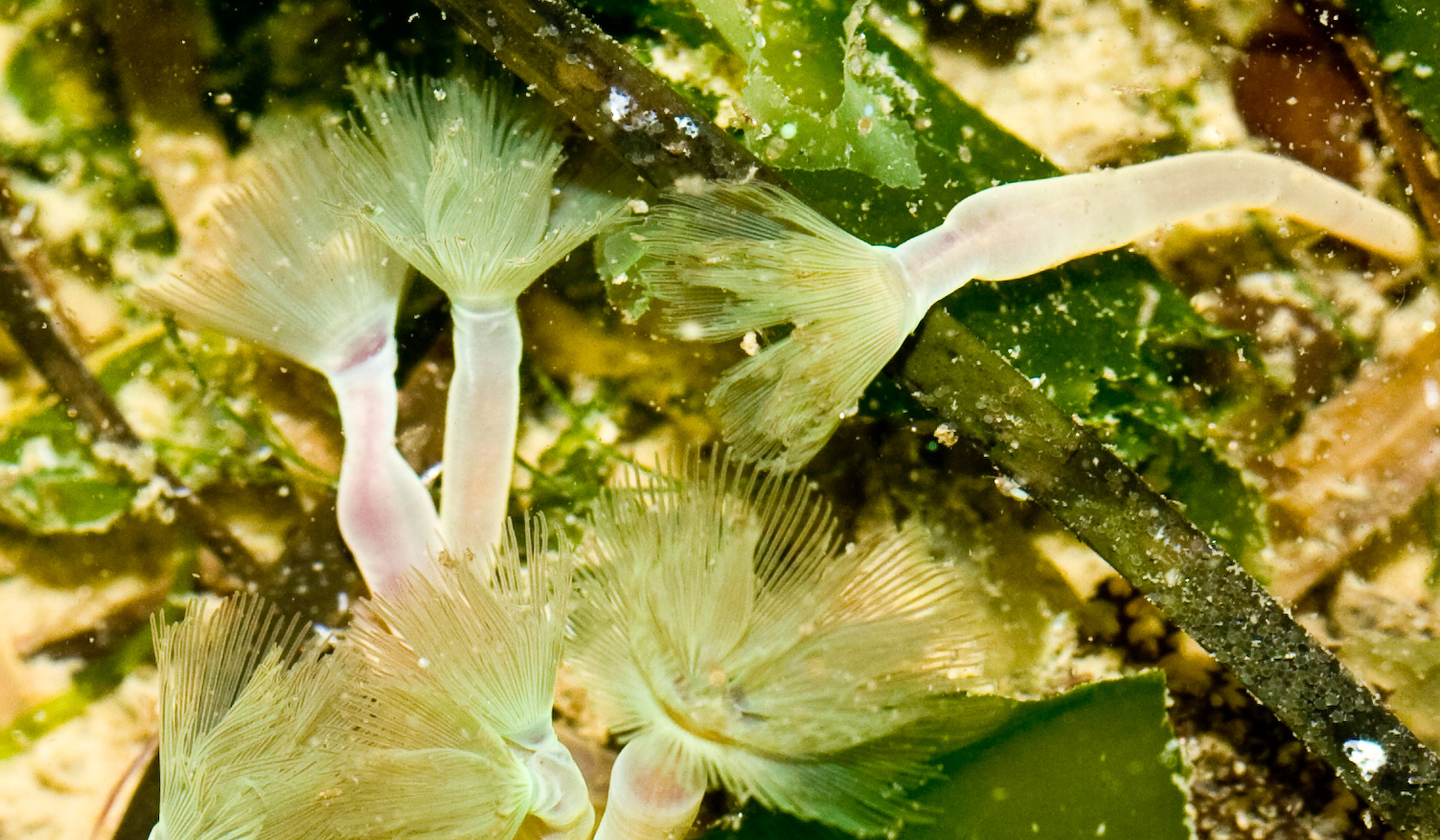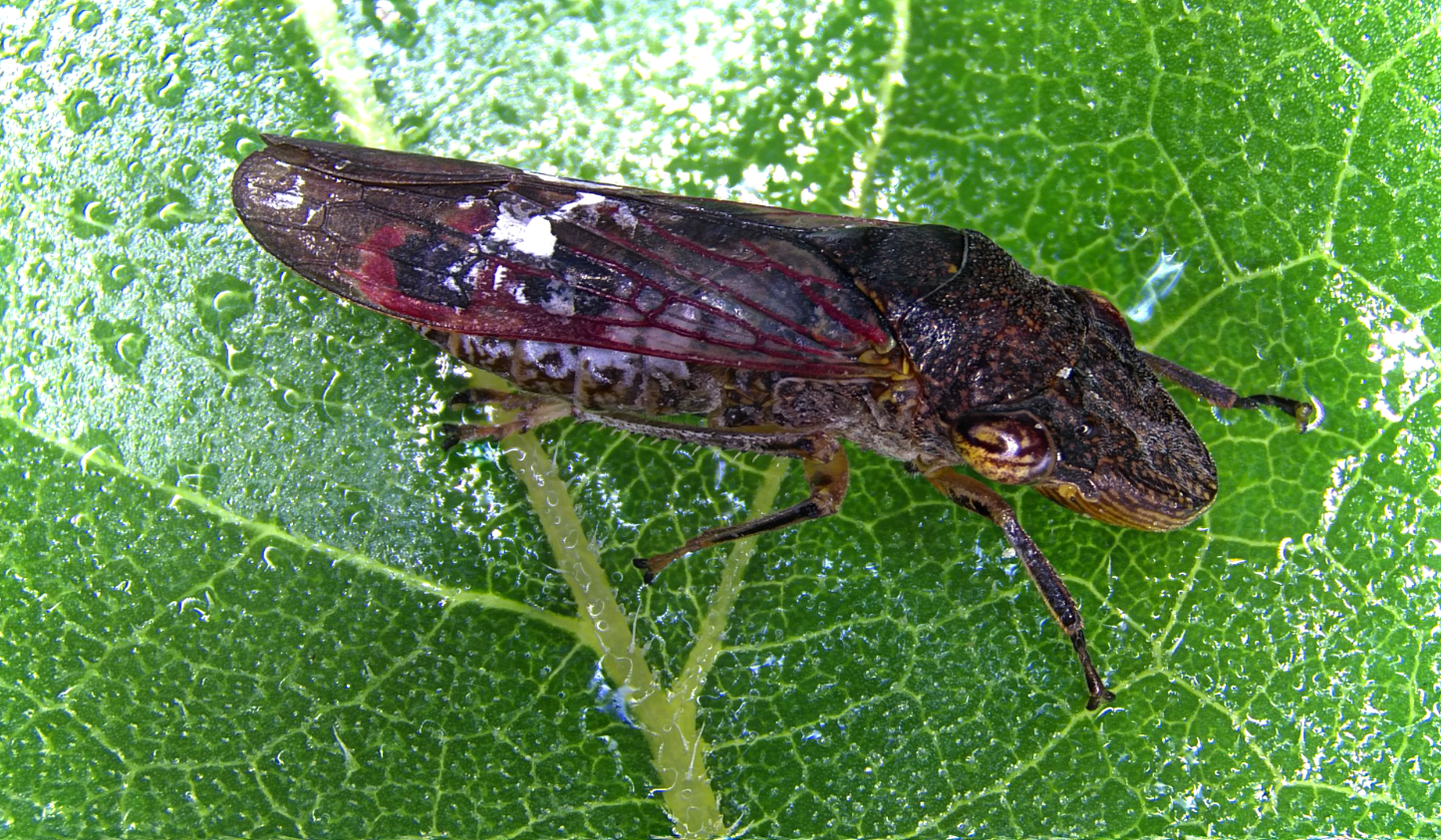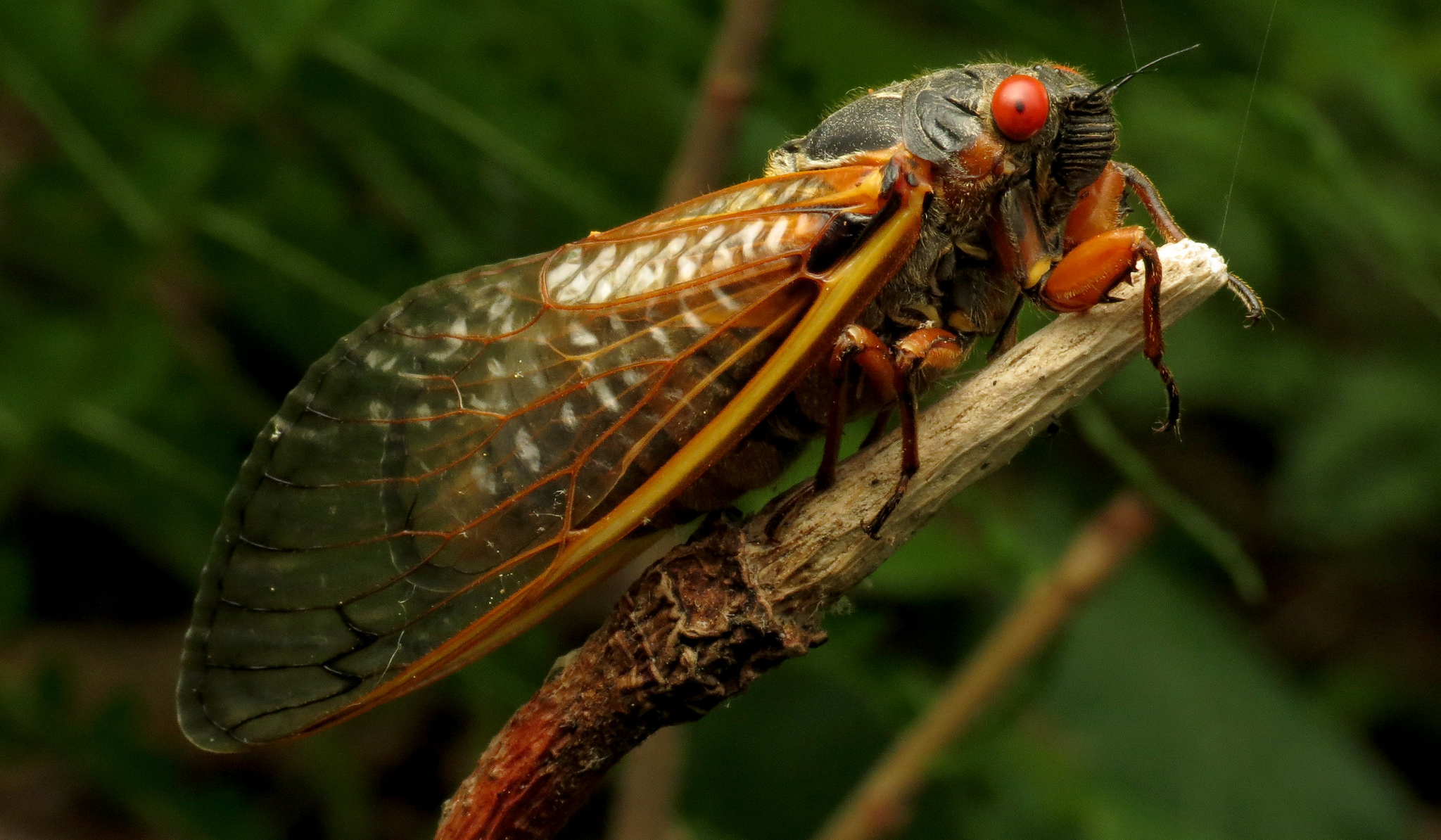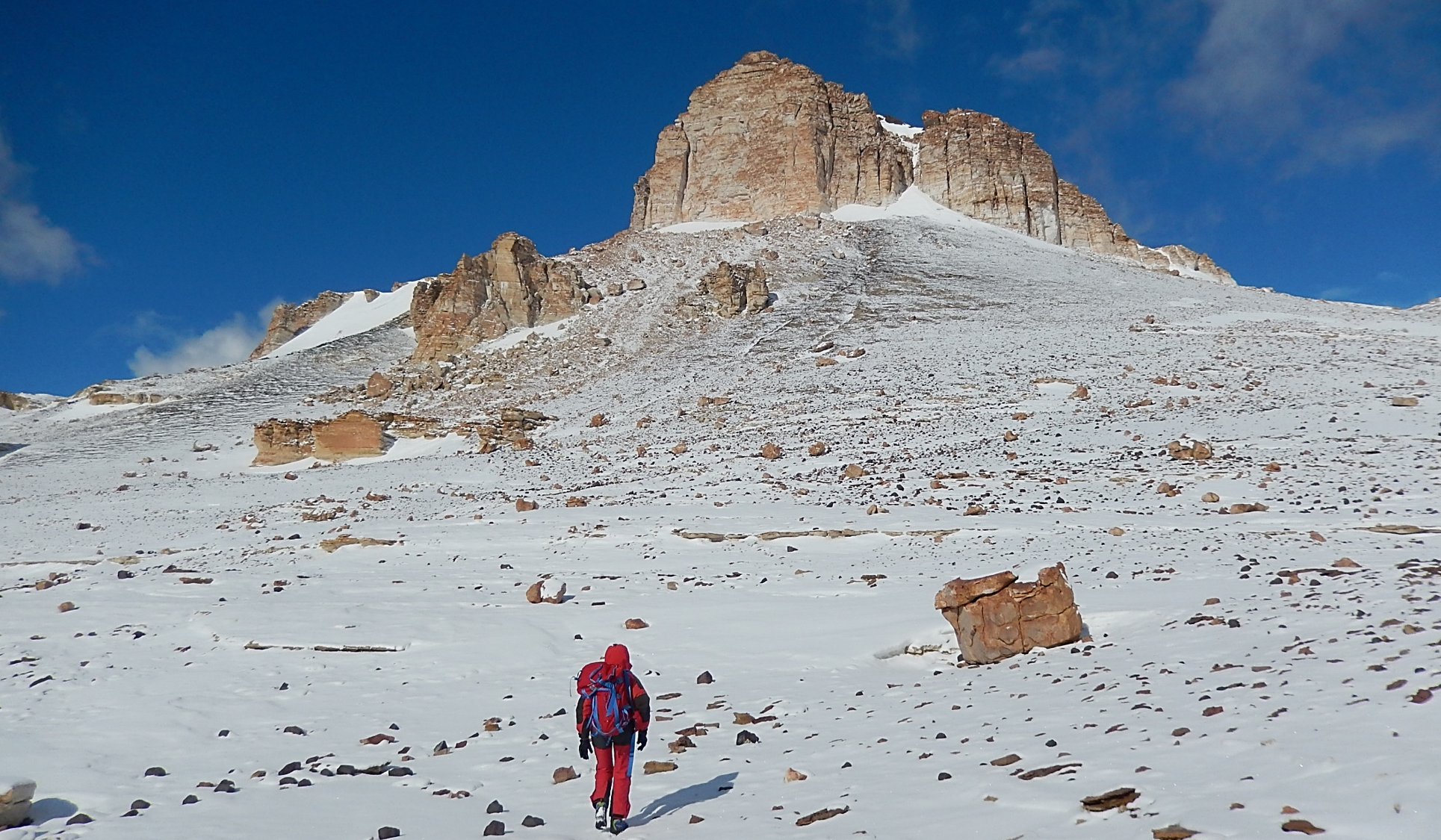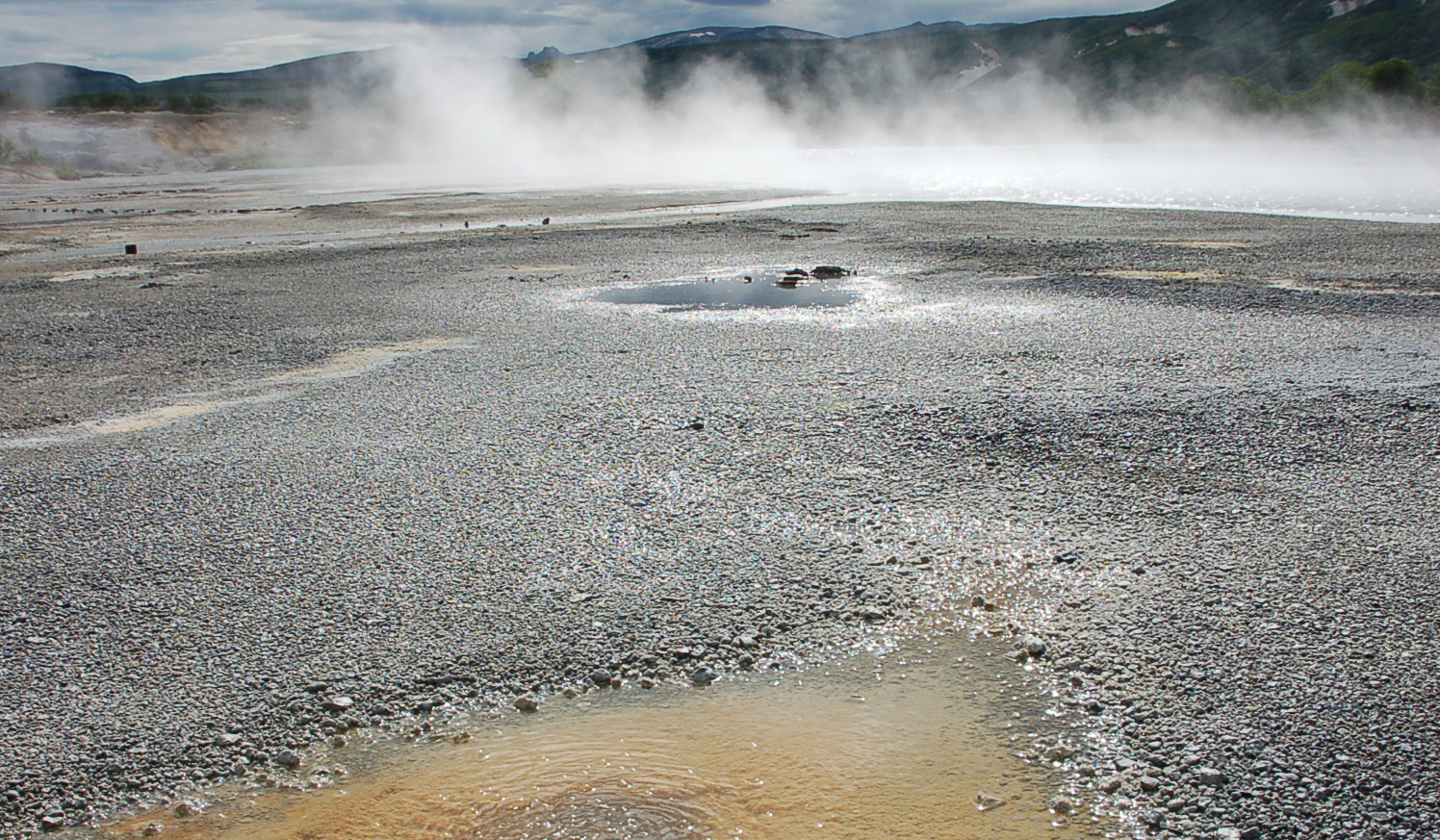Research Overview
Using bioinformatics, I integrate across -omics approaches to address eco-evolutionary questions related to microbe-microbe, microbe-host and microbe-environment interactions. I have expertise working with a variety of research systems ranging from sea to summit and with projects addressing questions about symbiosis, biogeography, land-to-sea transitions, community assembly, and characterization of understudied lineages (e.g. marine fungi).
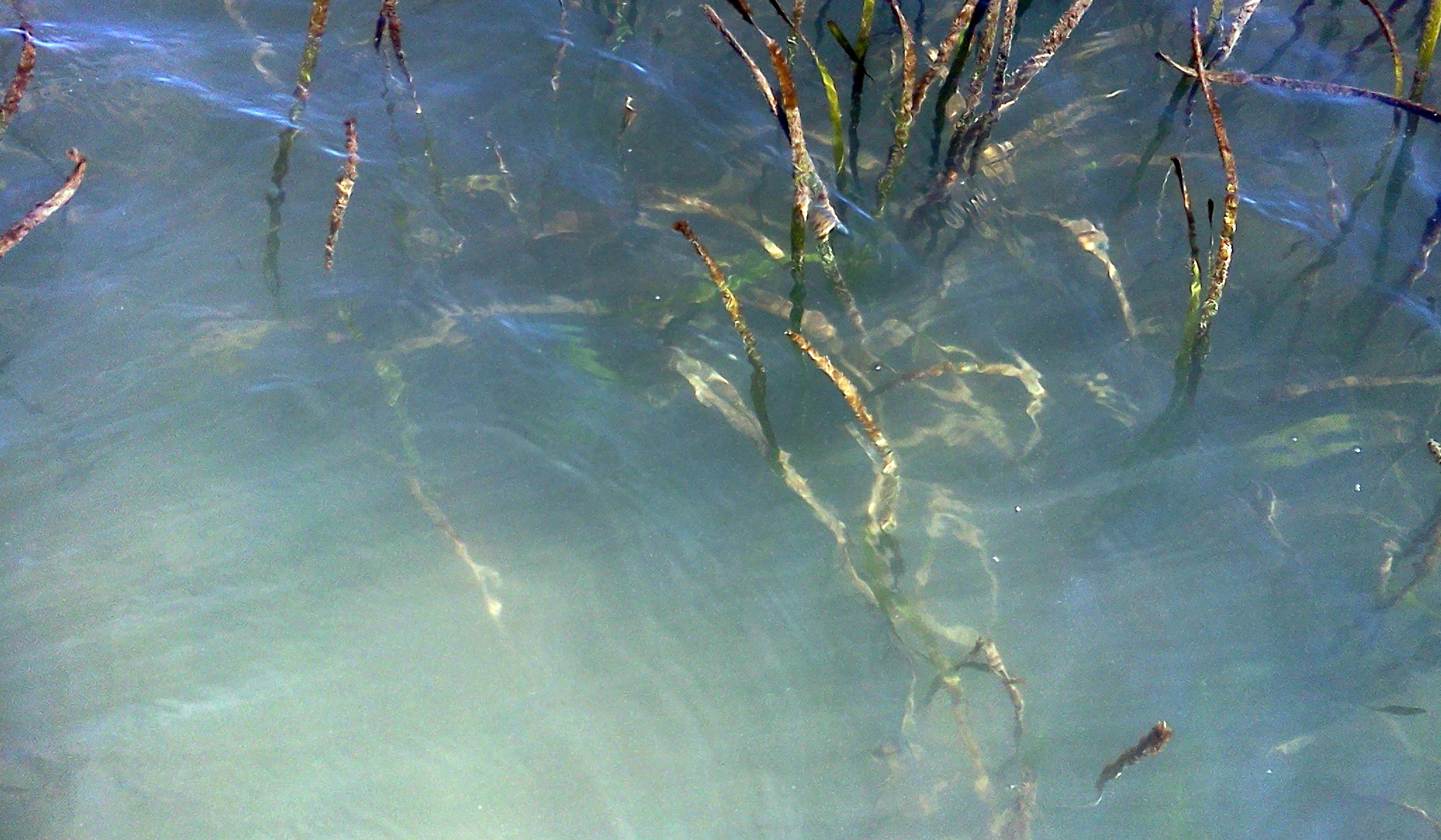
Environmental drivers of the seagrass microbiome
A series of projects investigating the potential biotic and abiotic drivers of microbiome assembly in seagrass beds including observing (1) differences across locations within a seagrass patch, (2) differences related to proximity to a marina and (3) succession during ammonification.
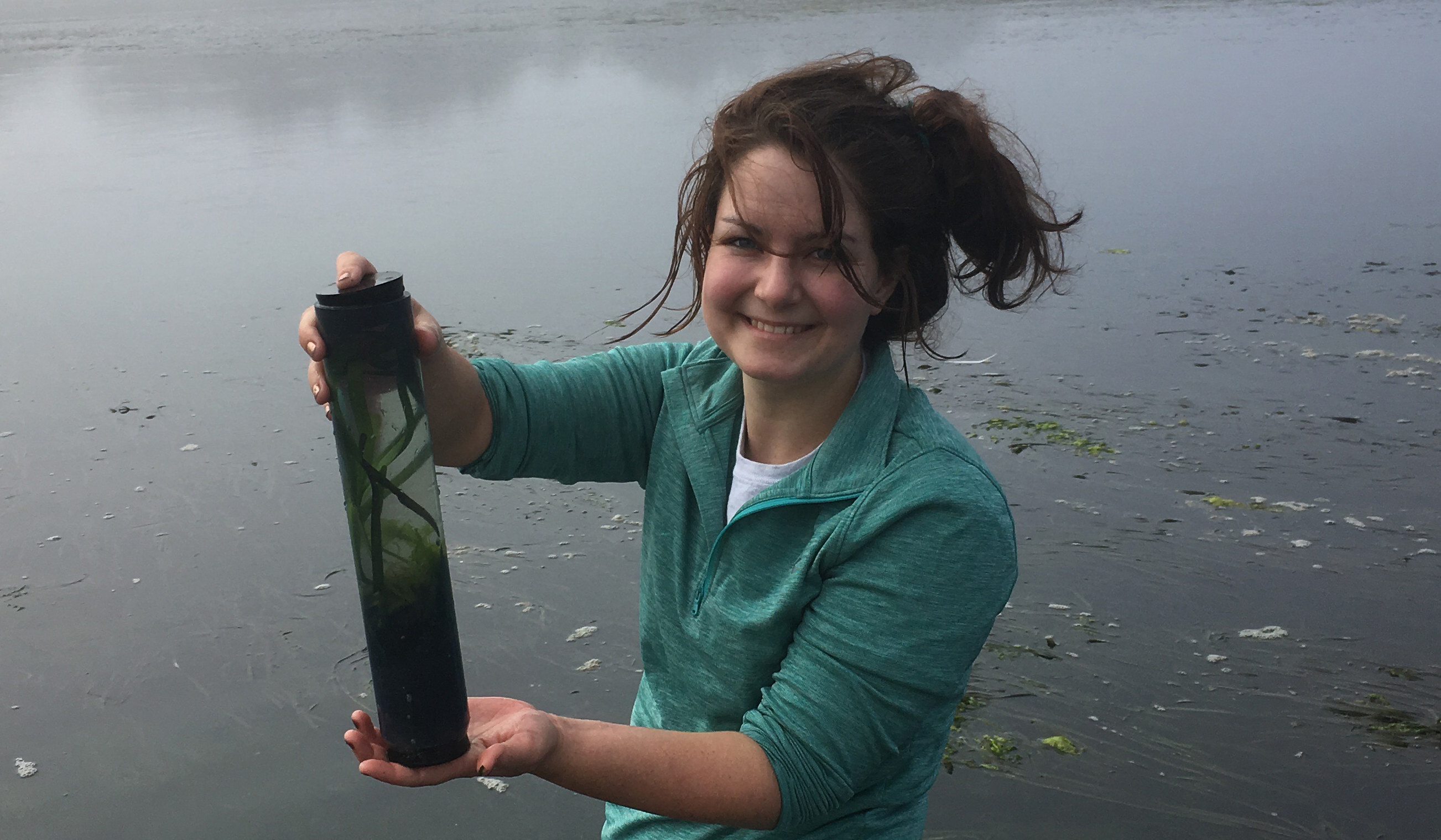
Seagrass-associated fungi
Not a lot is known about the diversity of marine fungi or what role fungi might play in associations with marine plants. This project seeks to survey the taxonomic and functional diversity of seagrass associated fungi and to determine the evolutionary and ecological importance of these associations.
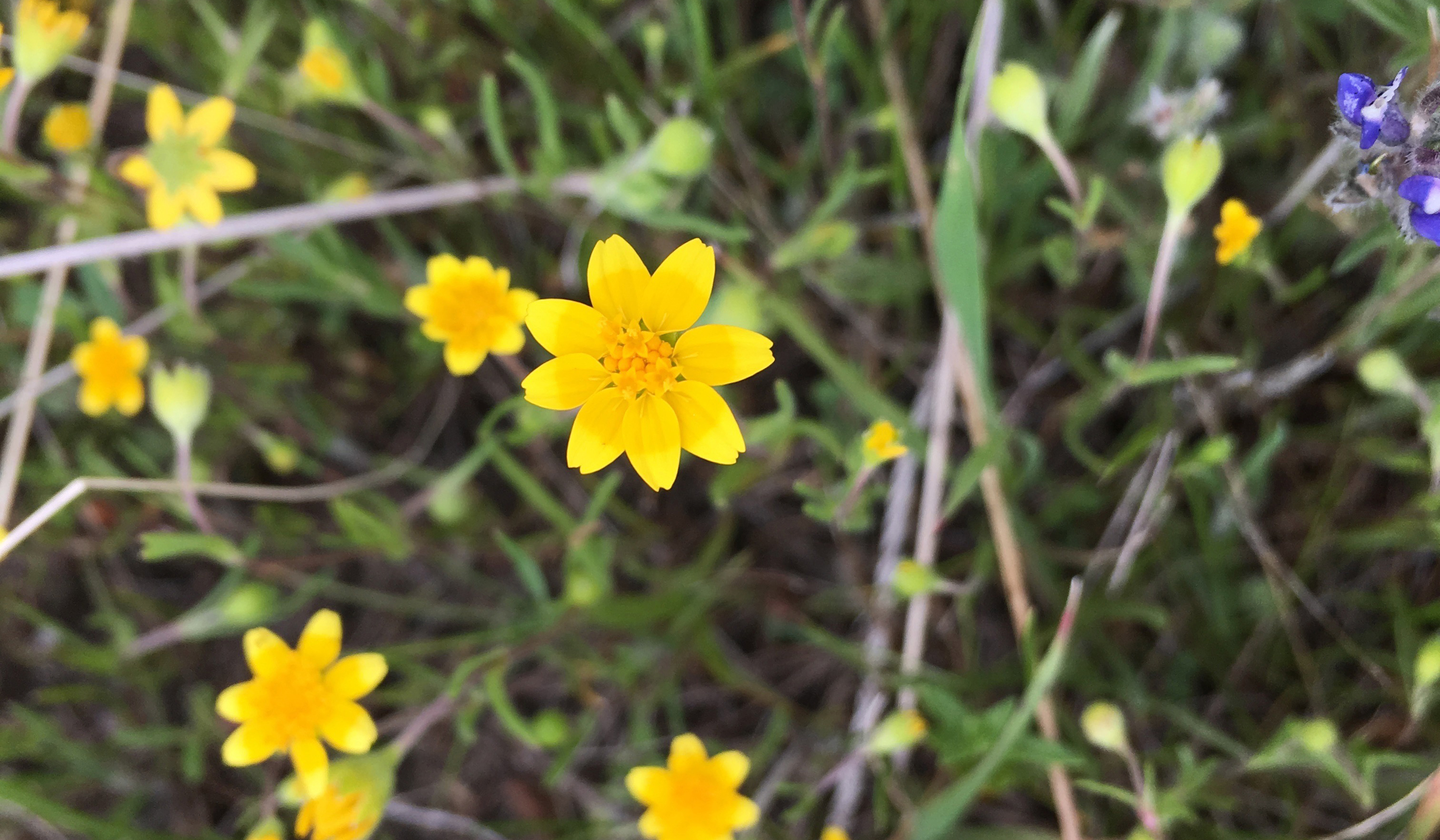
Grassland plant microbiomes
I am collaborating with Dr. Marina LaForgia, a postdoc at UC Davis, to study below-ground plant-microbe feedback loops during competition between native wildflowers and invasive grass species in California grasslands across varying precipitation regimes.

Land crab microbiomes
I am collaborating with Dr. Victoria Watson-Zink, a postdoc at Stanford University, to study the gut microbiomes of crabs across a gradient of terrestriality. We are interested in looking for patterns of co-evolution and convergent evolution in the gut microbiomes of land crabs.
Recent publications
Mycobiome and microbiome of sharpshooters
Our paper, "Geographical survey of the mycobiome and microbiome of Southern California glassy-winged sharpshooters. ", is now published in mSphere.
Metagenomic insight into invasion-driven shifts in the rhizosphere
Our paper, "Invasive plant species interact with drought to shift key functions and families in the native rhizosphere", is published in Plant and Soil.
Unravelling the complex life cycle of a blastoclad fungus
Our latest work, "Genomes and transcriptomes help unravel the complex life cycle of the blastoclad fungus, Coelomomyces lativittatus, an obligate parasite of mosquitoes and microcrustaceans" is out in Mycologia.
